KHOST, Afghanistan - U.S. Army Corps of Engineers officials handed the keys to 13 new buildings at an Afghanistan National Army base to Afghan officials Jan. 20, bringing the country's army closer to self-sufficiency in one of the deadliest regions of the country.
The project included an office and barracks building for firefighters, another office building, a gym, five laundry facilities and five weapons storage buildings. Construction time was 18 months, at a combined cost of $9 million.
The buildings are on Camp Parsa, an Afghan army base near the Pakistan border, in a region of Afghanistan where the Taliban still operates. The new facilities are designed to accommodate the Afghan army as it increases its strength at the base.
About 2,500 troops were stationed at the training base in January, and the number is scheduled to continue increasing.
Corps officials who oversaw development of the buildings gave the facilities a final inspection Jan. 11, ordered some minor renovations, then transfered them to Afghan army officials Jan. 20. Michael Tuttle, Corps project manager for the developments, said Afghan army officers were eager to occupy the buildings.
The buildings were designed with Afghan tastes, traditions and practices in mind, said U.S. Army Capt. Andrew Bouchard, the Afghan army program manager for Combined Security Transition Command-Afghanistan, the multinational organization that's helping to develop and train Afghanistan's security forces.
"More and more, we're trying to adapt to fit their needs, so even though we're trying to get them a step higher, we have to back up on some other things, and meet their culture, their standards, what they're used to," Bouchard said.
For instance, the laundry buildings house deep sinks to wash laundry, and hand-operated rollers to wring water from wet clothes and linens. Afghan soldiers are comfortable with that equipment, said Mark Miller, a Corps construction manager based at Camp Clark, a small U.S. camp within Camp Parsa.
"They wash things by hand here," he said. "They don't have washing machines and dryers in the typical way that we think of things in America. They wash things by hand and hang them out to dry."
Similarly, the floors in nearly every room in the new buildings received the same treatment - acrylic-painted concrete. Garage or office, all the floors received the same treatment. Even the color of the paint is identical from one building to the next. It's tan.
"Keep in mind that the use of these buildings is for the Afghan army. These buildings are utilitarian in the greatest definition of the word," Miller said. "They've got to be heavy duty."
Corps designers intentionally made the buildings simple. Painted concrete floors are both easy and inexpensive to clean.
"Right now, the Afghan government doesn't have much money for maintenance," Bouchard said. "That's something that we're trying to make them aware of - how much it costs to sustain - so these facilities will stand a long period of time."
Afghan soldiers will need to learn how to operate and repair electrical and plumbing systems and how to clean floors, bathrooms and other interior spaces, he said.
The gym is designed for volleyball, which is a passion in Afghanistan, rather than basketball, which is only an oddity. Restrooms are equipped with feet-washing stations and Eastern-style toilets. Similarly, the soldiers play soccer, rather than baseball, on a nearby field.
For some things, though, the Corps insisted on U.S. standards. Corps inspectors discovered that in many instances, the Afghan contractors who constructed the buildings hadn't properly grounded electrical outlets in rooms where water could be present, and that they hadn't installed P-traps in some plumbing fixtures.
"The buildings were in good shape as a whole. We came across a lot of smaller issues, but they weren't overriding issues," Miller said.
Properly grounded electrical outlets prevent shocks, while sideways P-shaped dips in drainage pipes block sewer gases from escaping into public areas. Project managers required contractors to correct both deficiencies before the buildings were turned over to the Afghan army.
Tuttle said it was important for the Corps to ensure that the buildings were fully functional and in good condition before transferring ownership, in order to help set the standard for the Afghan army.
The Corps' work at Camp Parsa continues. As the Corps turned over the keys to the new buildings, plans were being finalized for a two-year construction project for a new shooting range.
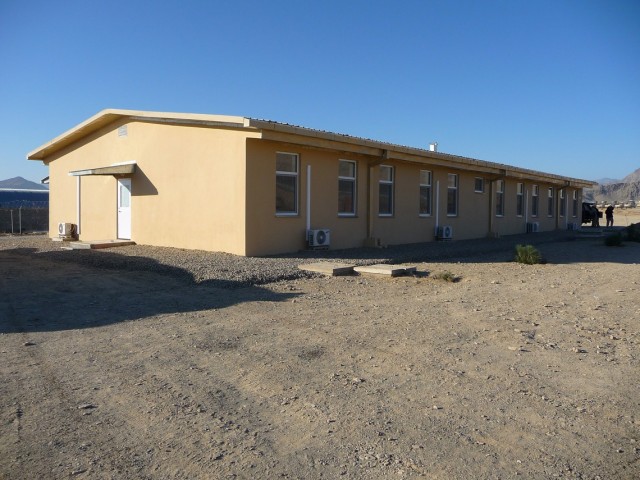
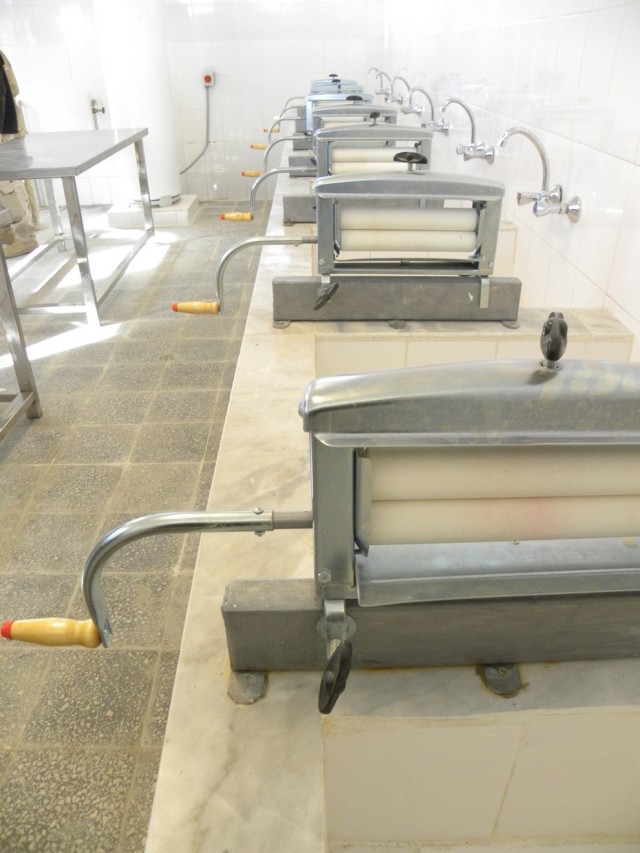
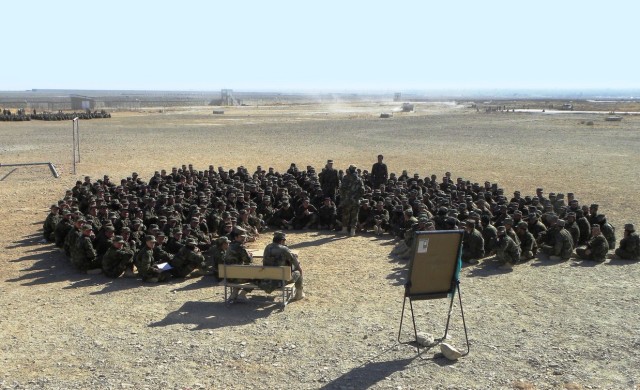

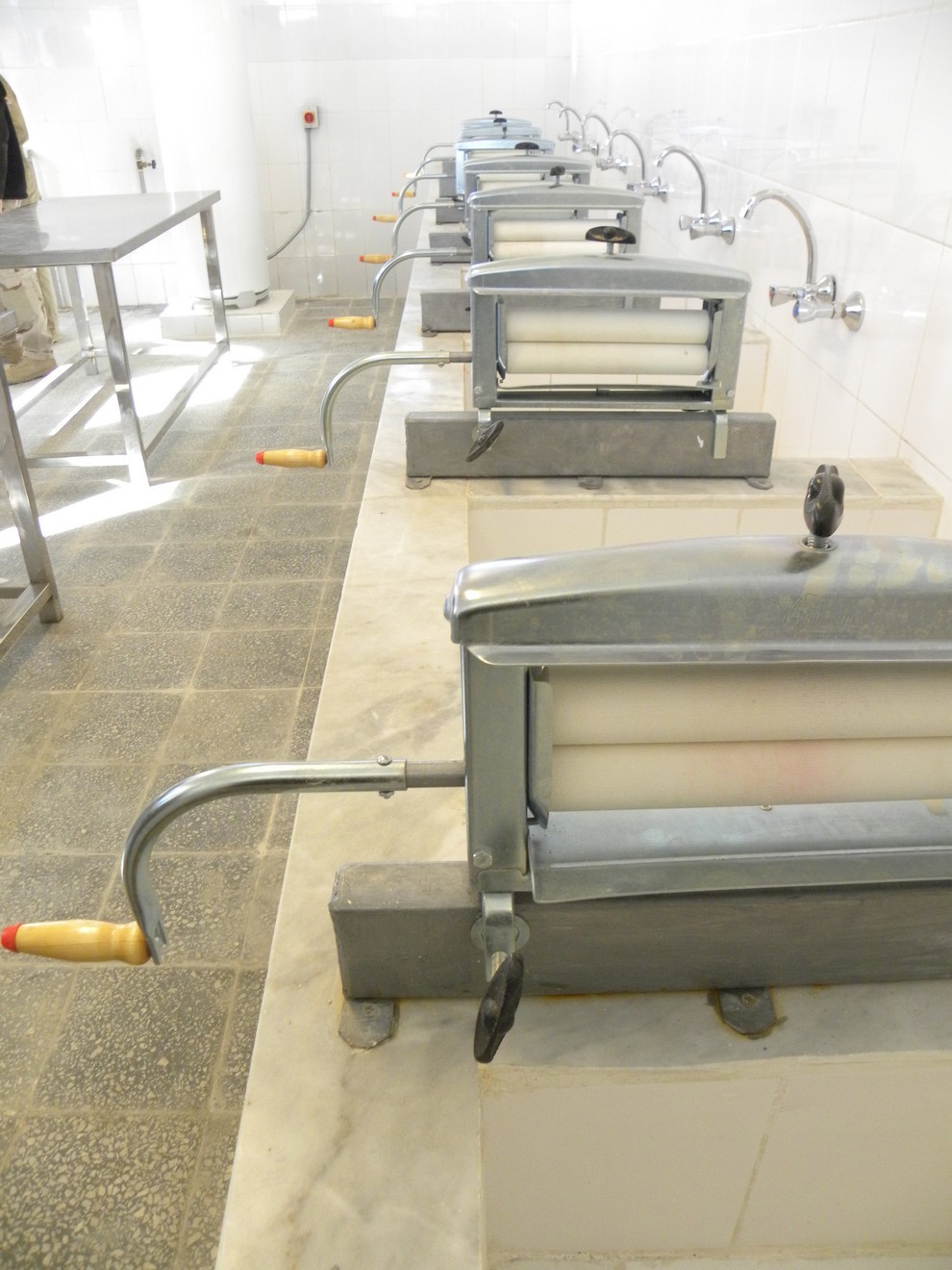
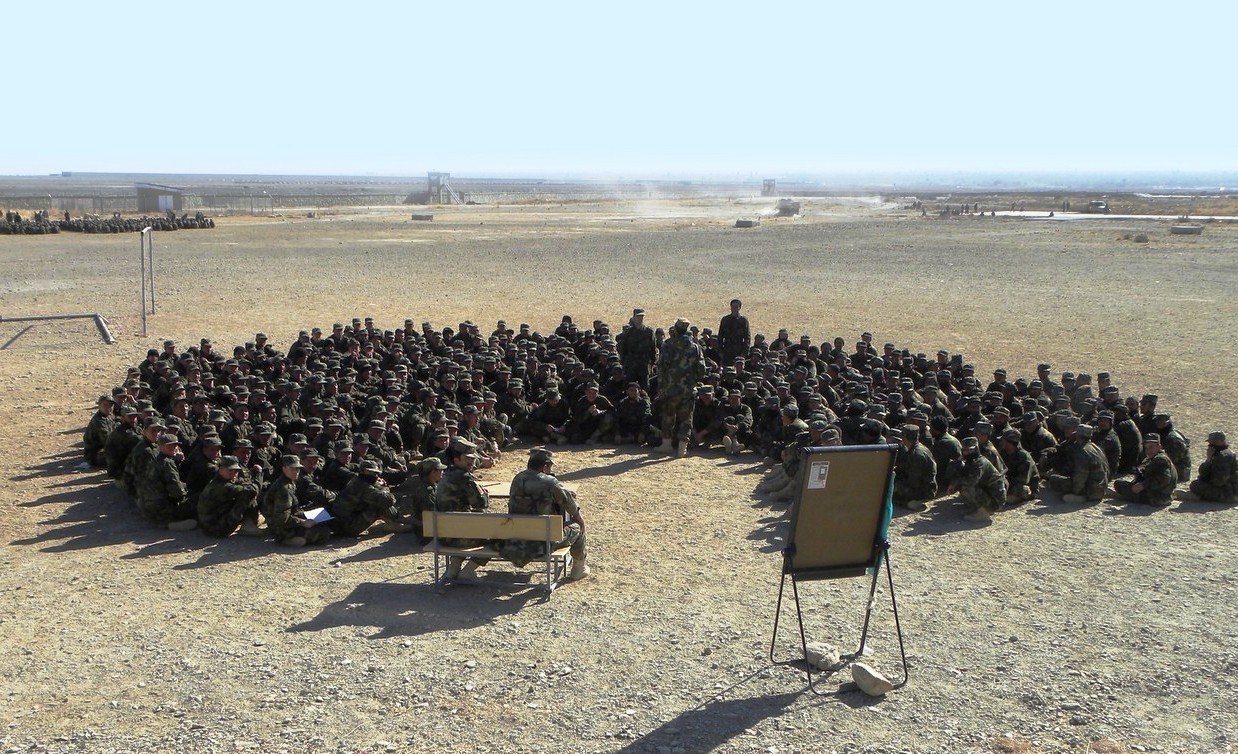
Social Sharing